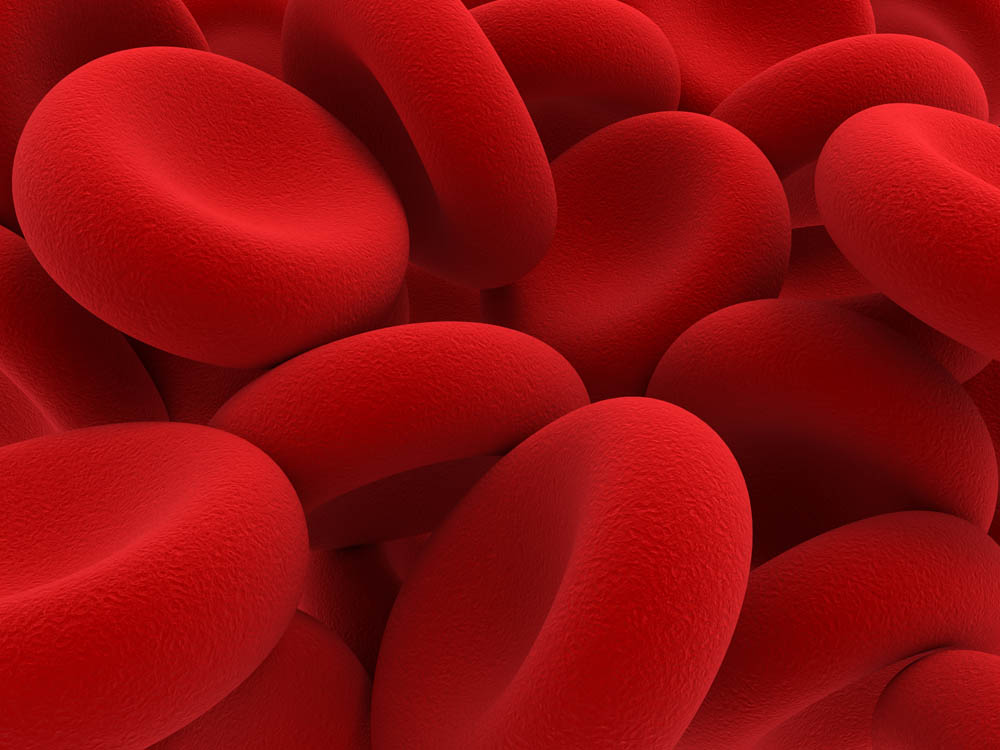A 2014 study by NHS Blood and Transplant indicated that over one quarter of red cells were transfused to patients with haematological conditions. For platelet components, the figure is higher. Certain diagnostic groups, such as haemoglobinopathies, myelodysplastic syndromes and some haemato-oncology patients, receive multiple transfusion episodes, either over long periods, or more intensively over shorter periods.
Haematology patients account for the majority of the multi-transfused population. The risk of transfusion-transmitted infection (TTI) increases with number of donor exposures, and the consequences of TTI are often more significant in immunosuppressed individuals. Historically, use of pooled plasma products in patients with clotting disorders resulted in widespread transmission of hepatitis B virus, hepatitis C virus and human immunodeficiency virus before effective screening and viral inactivation methods were introduced.
Br J Haematol. 2018 Feb;180(4):473-483
Haematology patients and the risk of transfusion transmitted infection.
Ainley LI1, Hewitt PE



